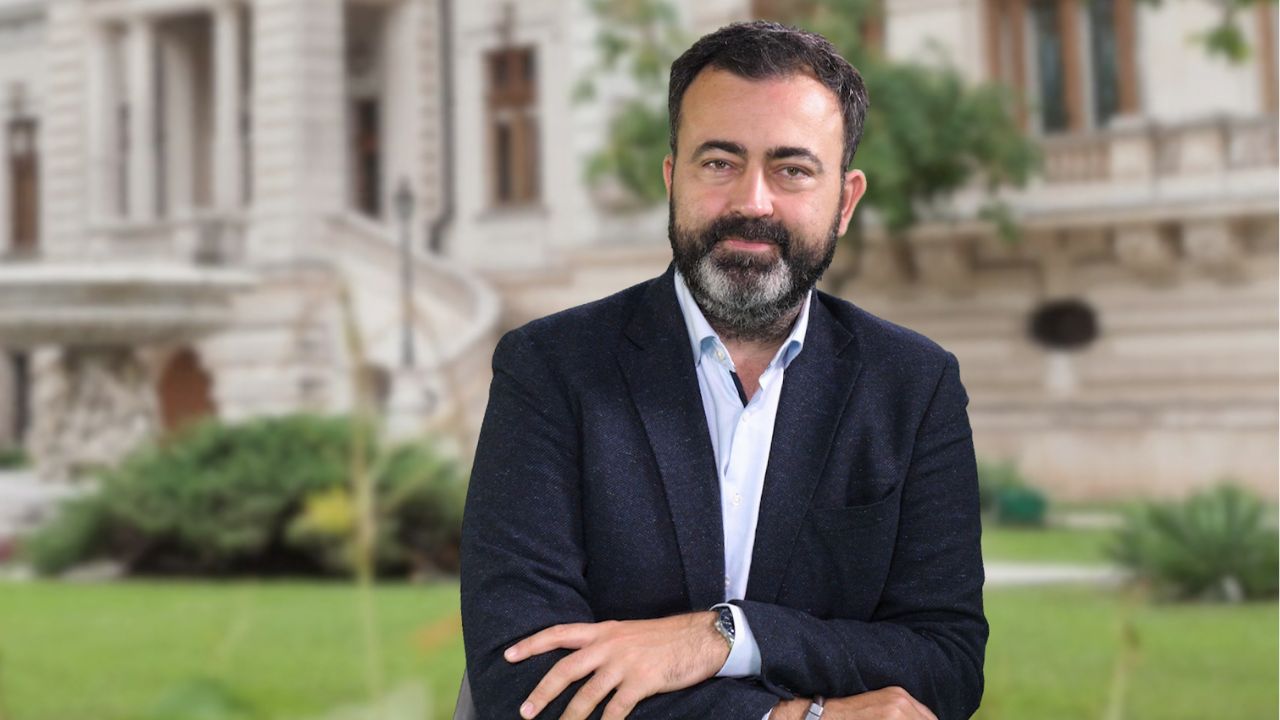Lessons From Agricultural Superclans For Romanian Farmers

*Radu Magdin – global analyst and consultant, former prime ministerial advisor in Romania and Moldova:
I recently had the opportunity to publish a new report titled Agricultural Superclans and review the best practices of owners of large agricultural holders, why agriculture may be a profitable industry for years to come and the pact of technology in contemporary farming.
I would summarise my general findings as:
1 — Embrace consolidation
2 — Focus on global markets
3 — Embrace the machines
Embrace Consolidation
Contemporary farming assumes substantial fixed costs: machinery purchases, irrigation systems, storage infrastructure, seed, fertilizer inventories and advanced digital platforms for precision agriculture. Economic logic duly dictates that operations are best executed at scale due to the need to spread these fixed costs over a larger output base, optimize labour deployment, leverage economies of scale and improve the return on both financial and human capital.
A single combine harvester, for example, can cost hundreds of thousands of euros, yet it can only justify its acquisition if it is used extensively during peak harvest windows. Similarly, centre-pivot irrigation systems, climate-controlled storage facilities and automated feeding or milking systems involve upfront investments that are largely insensitive to the size of the plot they service. If a farmer were to operate only a few hectares with such equipment, as many Romanian farmers tend to do, the per-unit cost of production would render the farm uneconomic.
Consequently, what we have been seeing over the past few decades is a worrying dynamic whereby large farms tend to get both more productive and larger while small farms often have to sell land to the former in order to keep family finances afloat. Romanian farmers are very much in the latter category and if I had the ability to send only one message to Romanian farmers, it would be this: consolidate, or risk not being here in only a few years.
Focus On Global Markets
The issue of farm size tends to feed into another significant problem Romanian farmers face, namely the prices obtained for their produce.
At the core of the issue lies the difference between price formation in local and global markets. Local distributors typically operate within small, geographically limited markets where the law of one price does not hold. Prices are determined by local supply and demand imbalances, transportation constraints and what is often the monopsony power of intermediaries. In such contexts, farmers — particularly those with perishable produce or limited storage capacity — are often compelled to accept the prices offered, even if those prices fail to reflect true production costs or global commodity valuations. Local distributors benefit from asymmetrical information and from farmers’ limited market access. Global markets, by contrast, are characterized by greater transparency: prices are quoted daily across multiple exchanges, benchmarked internationally, and influenced by a far wider set of demand drivers. Whether it is wheat on the Chicago Board of Trade or milk powder on the Global Dairy Trade platform, global markets translate localized production into a fungible asset class with a reference price that reflects worldwide conditions rather than the narrow economics of a single region. The logistics of participating in global markets without consolidation are daunting but Romanian farmers also need to accept that, in the long term, the current dynamic of underinvestment and low prices will inexorably lead to being bought out by larger farmers.
Embrace The Machines
Romanian farmers are, on average, behind the wave of industrial agriculture which defines the sector today. Through time, the farmer’s role has evolved from subsistence producer to technological steward of complex agro-industrial systems. In fact, never has the pace of change been so rapid or the consequences of inaction so acute. The contemporary agricultural economy operates on industrial logic —mechanization, data integration, vertical coordination, and capital intensity define success far more than inherited know-how or intuition. On the upside, that means farmers may have vastly improved productivity but those that do not adapt are being squeezed out of the business by margins and there is no reason not to use European Union’s funds not to join the league of industrial agriculture.
Takeaway
The world’s most successful agriculturists may have never grown anything but a house plant. That is because the industry is increasingly led by industrial automation, private financing and global logistics. It is a model which, however easily it may be to reject, works and does so with ruthless efficiency. Farmers may use remaining European Union funds to adapt and increase margins or slowly come to terms with the reality so many other small farmers face globally, namely being consumed by those who adapted.





